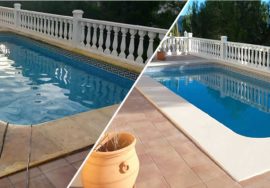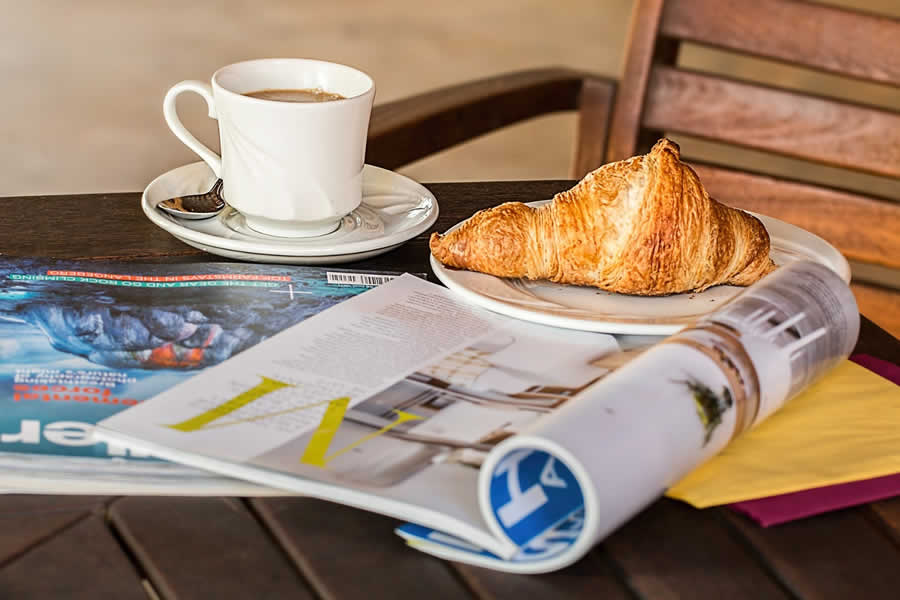
Architecture and Happiness or how to Design Happy Buildings.
Architecture is the art of designing spaces. If we spend on average 90% of our time in these spaces, their design has to provide comfort and collaborate to achieve our vital goals.
Buildings Designed For End-user
Happiness is a subjective concept, there are no ways to measure the happiness level. Everyone creates their personal happiness just as architects design spaces. In that sense, a building has to be designed for its end-user. The personal perception of happiness leads to a sensation of satisfaction, which intern leads to feeling good in ourselves, maintaining happy social life and achieving and setting goals. This all combines to make your designed space a temple of happiness Not forgetting that a space has to be designed for its user, there are common tips, in order to create a happy space.
Thermal Balance
Spaces have to keep a constant level of temperature and humidity all year long. Comfort levels are between 20 and 28 degrees Celsius and 30 to 85% humidity in the air. Building materials forming the skin of the space, have the task of managing the relation between the exterior and the interior, keeping living conditions comfortable and protecting from the elements. The most important goal of a building’s walls is to maintain the internal environment in terms of temperature and humidity and to avoid any condensation or damp on their interior face or within the walls themselves. The presence of water in these two places would mean the failure of the wall itself.
[responsive] [/responsive]
[/responsive]
Sensation of Security and Privacy
Both, security and privacy, are part of the desired happiness. Again, the main job of the materials used in our buildings is to provide these two aspects. The locations of windows in our walls and roofs have to provide a source of natural light and ventilation, comforting views and at the same time keep degree of privacy.
Natural Light
Natural light is essential to maintain health and wellness. The energy we receive from the sun activates our body and brain. Interior spaces have to receive abundant natural light, not only to increase our feeling of comfort, but also to save energy. The thermal balance should not be reduced by the necessity of natural light. The use of special glazing, double windows or taking into account the orientation of our spaces are some of the ways to minimize losses.
[responsive] [/responsive]
[/responsive]
Less Technology and Minimum Maintenance.
Construction technology has been adding more and more installations, devices, and equipment, to achieve the goal of maximum comfort in our spaces. But all these added technologies become complicated, needing constant maintenance and energy consumption. What would happen if we went back to using environmentally respectful materials to build our buildings, focusing on the materials of the skin of our spaces and reducing the intervention of additional machinery?
Natural Materials
They are not only environmental friendly, but they will help us to achieve a state of calm and balance. Wood, ceramics, natural textiles, insulation materials based on natural fibres.
[responsive] [/responsive]
[/responsive]
Architectural Design
Building design has to motivate our brains and bodies to discover them and experience each square meter. They have to be designed in a way to leave us to interpret them, to imagine the rest when we only have experienced part of them. Where as an extremely simple building can be boring and cause unhappiness for its user.
Use of Colours
It is widely known that colours can influence our state of happiness and personal balance. But nevertheless this influence is strongly related to our personal experiences and character. Thus colours relating to the natural environment or those relating to cultural experiences will always be an accurate choice.
[responsive] [/responsive]
[/responsive]
These described parameters could be used as a starting point in the design process of an architectural space, where the relationship between designer and client is huggly important.
Javier Leonardo Rímolo
Arquitecto
Rimolo & Gross
0034 606616084
0034 962962324








